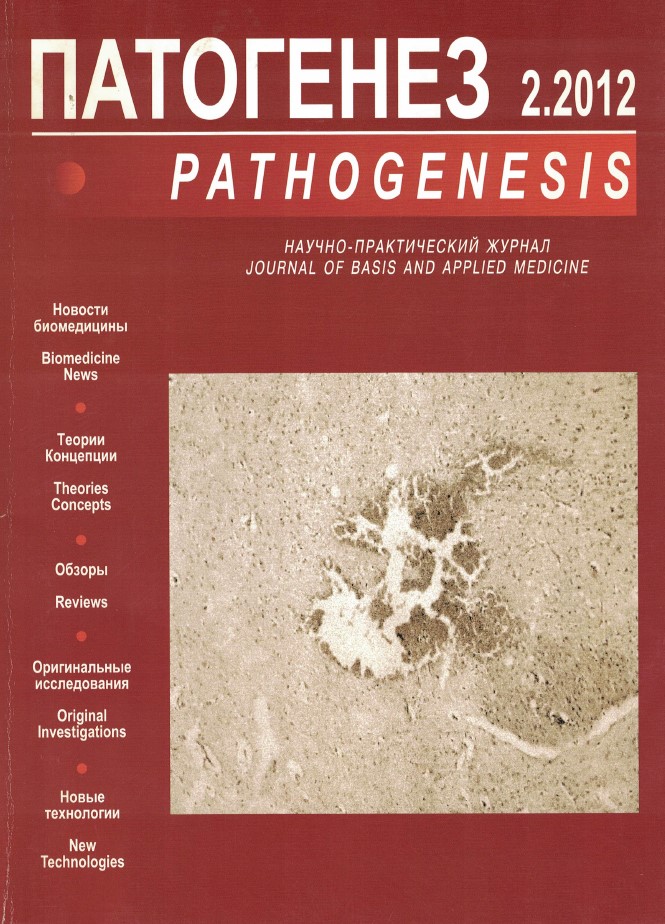Effects of chronic mild stress in Wistar and August rats: behavior and monoamine content in the striatum
Abstract
Behavioral deficits in rats subjected to chronic mild stress (CMS) have revealed more resistance in August as compared to Wistar rats. CMS caused lower preference for the sucrose over water, retardation in weight increase under stress, light psychomotor activation in open field and forced swimming tests in Wistar rats without of significant increase in anxiety. Taken as a whole, data testified to the development of depression symptoms and dysadaptation in Wistar rats. In August rats as compared to Wistar anxiety was lower over the time of the experiment; the only response to CMS was moderate decrease of locomotion and exploratory activity with the increase of locomotor reactivity to novelty in addition. Monoamine content was assessed in the striatum. In August rats the level of dopamine (DA) was increased but DA turnover did not change under CMS. In Wistar rats the catecholamine content, the level of DA precursor and DA metabolites did not change under CMS, but DA turnover was increased. CMS caused the decrease in the serotonin (5-HT) level in August rats and the increase in the level of 5-HT metabolite 5-HIAA in Wistar rats while 5-HT turnover according to the 5-HIAA/5-HT ratio was increased in both rat populations. Our data suggest that resistance to acute and chronic mild stress in August rats is founded on different pathophysiologic mechanisms provided by the difference in the reactivity of genetically deterministic neurotransmitter systems.



